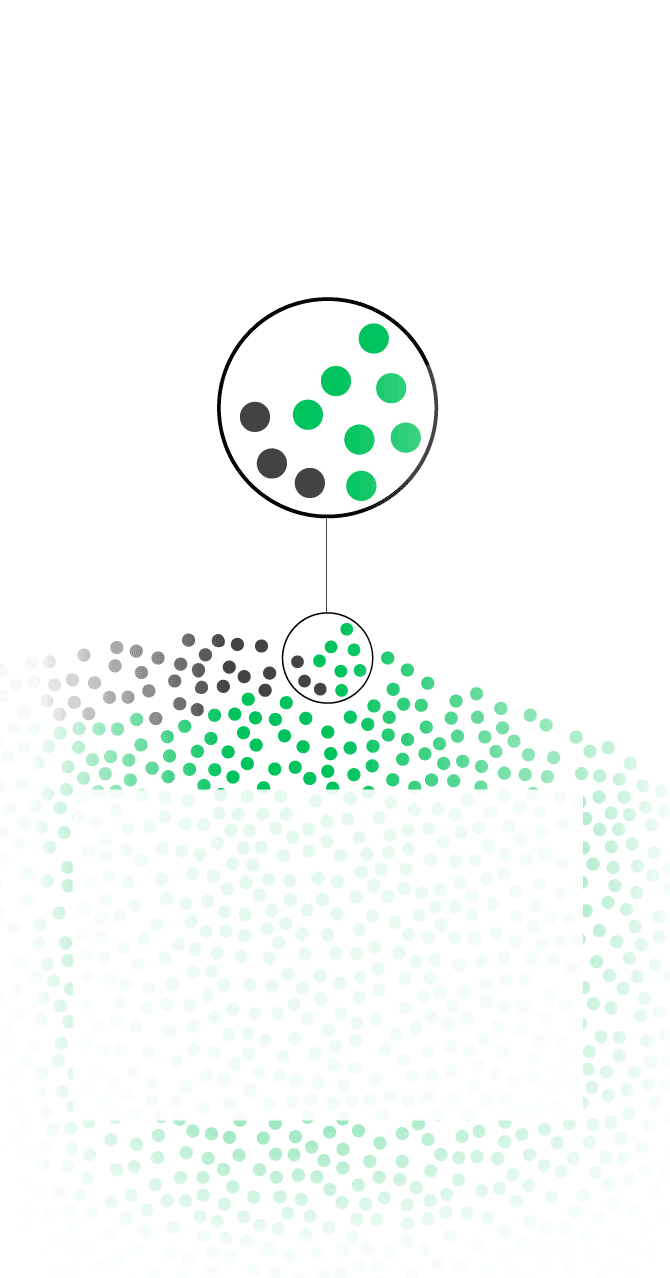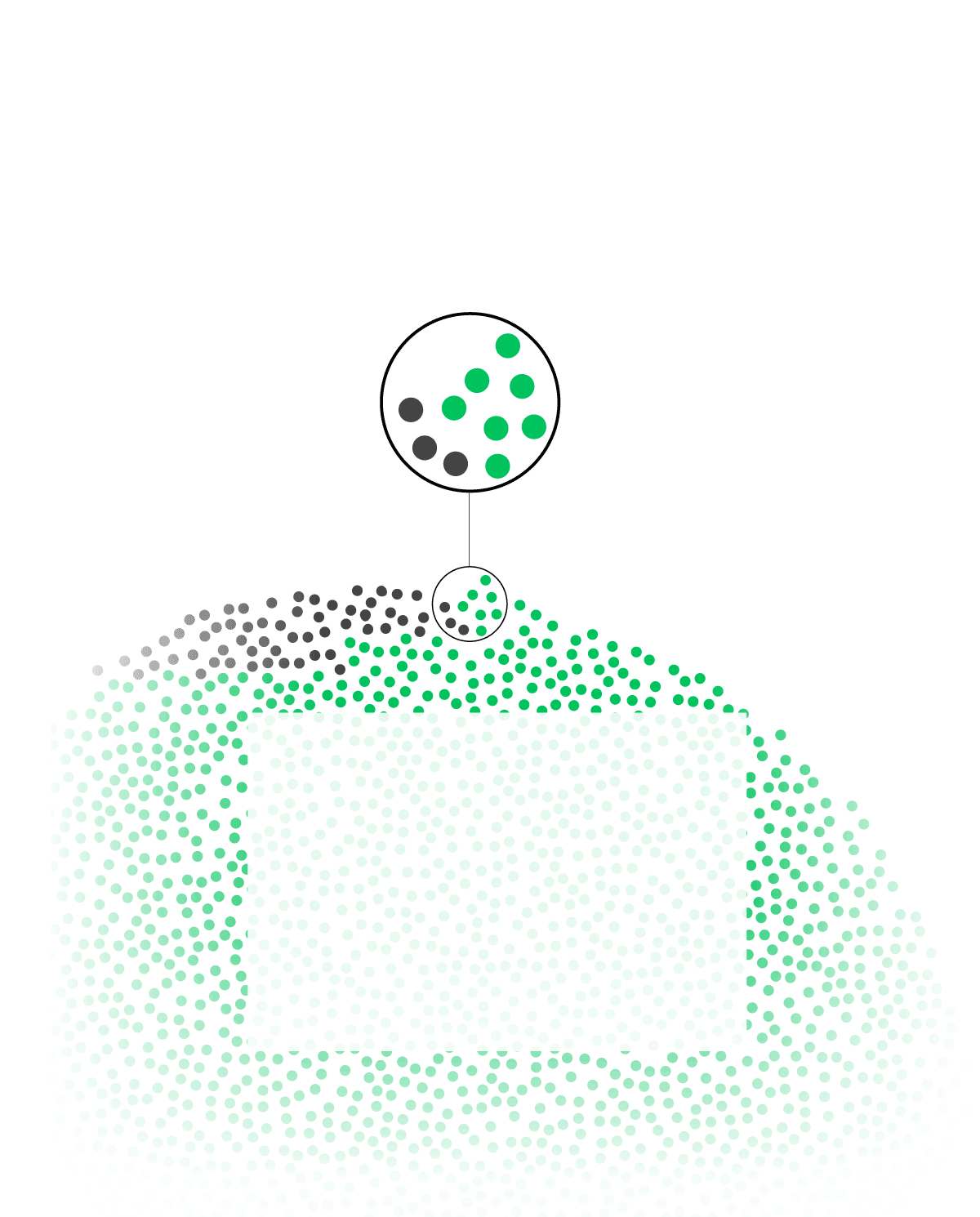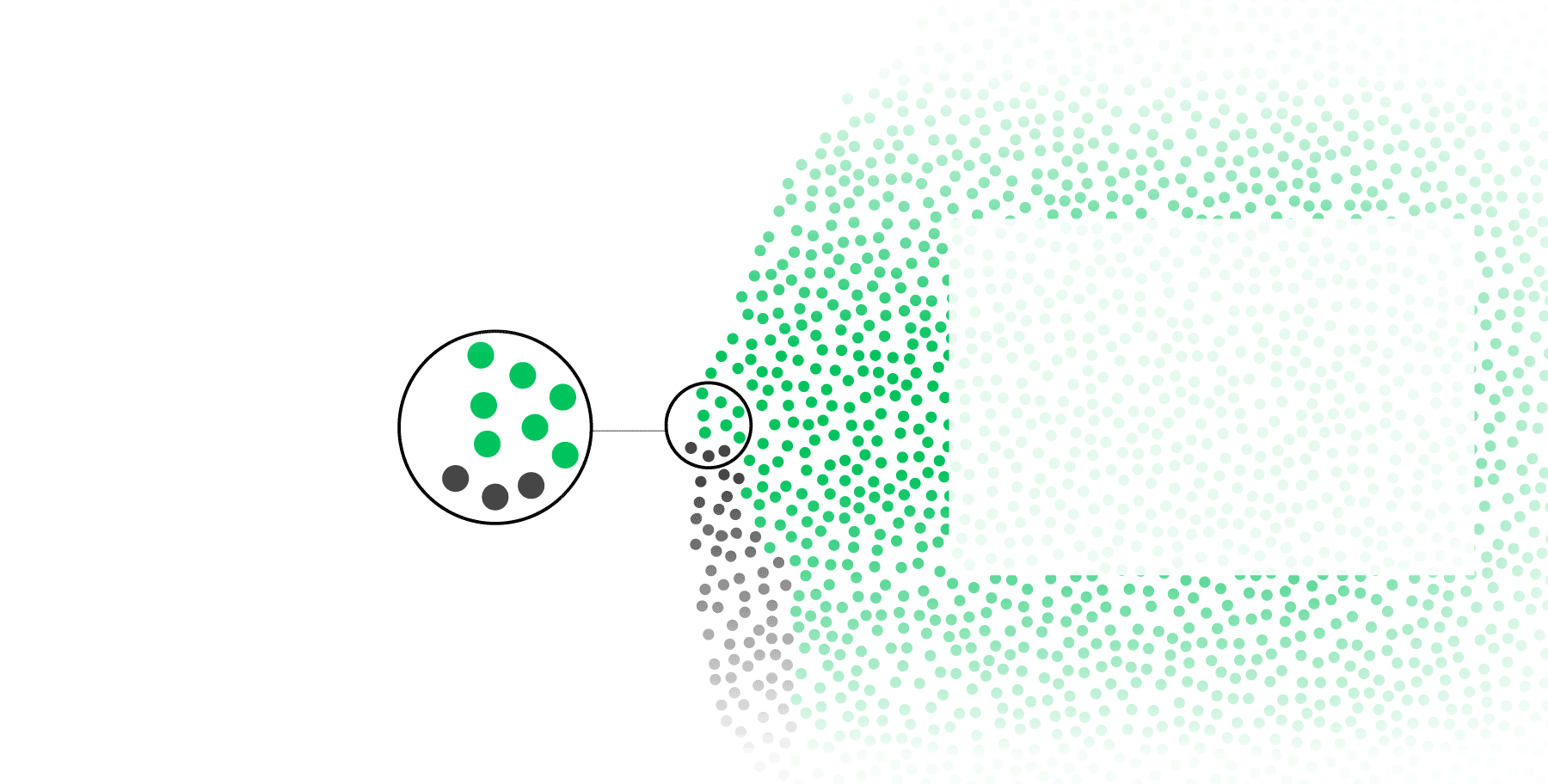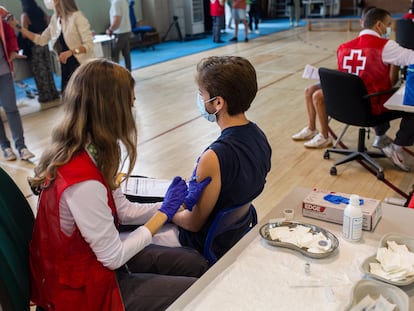The effectiveness of Covid-19 vaccines illustrated by two graphs
The elderly are 25 times more at risk of dying from the disease if unvaccinated, according to figures from the Spanish Health Ministry

In Spain, for every 10 people hospitalized, 7 people are fully vaccinated, and 3 have not been given the vaccine at all
Hospitalised
While there are more vaccinated than unvaccinated people in hospital, the proportion of admissions is much greater among the unvaccinated
Total population

In Spain, for every 10 people hospitalized, 7 people are fully vaccinated, and 3 have not been given the vaccine at all
Hospitalised
While there are more vaccinated than unvaccinated people in hospital, the proportion of admissions is much greater among the unvaccinated
Total population

In Spain, for every 10 people hospitalized, 7 people are fully vaccinated, and 3 have not been given the vaccine at all
Hospitalised
While there are more vaccinated than unvaccinated people in hospital, the proportion of admissions is much greater among the unvaccinated
Total population

Total population
In Spain, for every 10 people hospitalized, 7 people are fully vaccinated, and 3 have not been given the vaccine at all
While there are more vaccinated than unvaccinated people in hospital, the proportion of admissions is much greater among the unvaccinated
Hospitalised

Total population
In Spain, for every 10 people hospitalized, 7 people are fully vaccinated, and 3 have not been given the vaccine at all
While there are more vaccinated than unvaccinated people in hospital, the proportion of admissions is much greater among the unvaccinated
Hospitalised
The vaccines against Covid-19 are working. The best evidence of this is data from Spain showing that the unvaccinated in the 60-80 population are 25 times more at risk of dying from Covid-19, compared to those who have been fully immunized in the same age group. What’s more, with nearly 80% of the population in Spain fully vaccinated, the incidence rate among the unvaccinated is nearly triple that of those who have received their shots.
The Spanish Health Ministry on Tuesday revealed for the first time an in-depth picture of how the coronavirus affects the vaccinated and unvaccinated population differently. This data received a lot of attention on social media, particularly two graphs that showed the level of protection among the vaccinated versus the unvaccinated. One of the most shared and retweeted images on Twitter was published by journalist Eduardo Súarez. This graph uses the same data as the one in Súarez’s table.
Last week, new data also highlighted the effectiveness of Covid-19 vaccines at preventing serious illness and death. Some 60% of Covid-19 patients in Spain’s intensive care units (ICUs) are unvaccinated, according to figures provided by the regions. This led many to raise questions about the other 40%, which was argued to be an extremely high figure. This argument, however, did not take into account the fact that in Spain, many more people are vaccinated than unvaccinated. In other words, the 60% of unvaccinated ICU patients must be seen in the context of a much smaller group of people. This is better understood visually, for example, in the graph posted on Twitter by Belgian journalist Noël Slangen. Since being shared on November 19, it has been retweeted more than 5,800 times. The graph at the top of this article has been formulated using a similar design, but with data specific to Spain.
Spanish Health Minister Carolina Darias repeated on Tuesday the key message of her department: “Vaccinate, vaccinate and vaccinate continues to be the best path.” An earlier October study from the Health Ministry found that vaccination reduces the risk of hospitalization and death from Covid-19 by more than 90% in most age groups.
The Covid-19 vaccination drive in Spain has been one of the most successful in Europe. Nearly eight in 10 residents are fully vaccinated in Spain, compared to the EU average of 65%.
Tu suscripción se está usando en otro dispositivo
¿Quieres añadir otro usuario a tu suscripción?
Si continúas leyendo en este dispositivo, no se podrá leer en el otro.
FlechaTu suscripción se está usando en otro dispositivo y solo puedes acceder a EL PAÍS desde un dispositivo a la vez.
Si quieres compartir tu cuenta, cambia tu suscripción a la modalidad Premium, así podrás añadir otro usuario. Cada uno accederá con su propia cuenta de email, lo que os permitirá personalizar vuestra experiencia en EL PAÍS.
¿Tienes una suscripción de empresa? Accede aquí para contratar más cuentas.
En el caso de no saber quién está usando tu cuenta, te recomendamos cambiar tu contraseña aquí.
Si decides continuar compartiendo tu cuenta, este mensaje se mostrará en tu dispositivo y en el de la otra persona que está usando tu cuenta de forma indefinida, afectando a tu experiencia de lectura. Puedes consultar aquí los términos y condiciones de la suscripción digital.
More information
Últimas noticias
Most viewed
- Sinaloa Cartel war is taking its toll on Los Chapitos
- Reinhard Genzel, Nobel laureate in physics: ‘One-minute videos will never give you the truth’
- Oona Chaplin: ‘I told James Cameron that I was living in a treehouse and starting a permaculture project with a friend’
- Why the price of coffee has skyrocketed: from Brazilian plantations to specialty coffee houses
- David King, chemist: ‘There are scientists studying how to cool the planet; nobody should stop these experiments from happening’









































